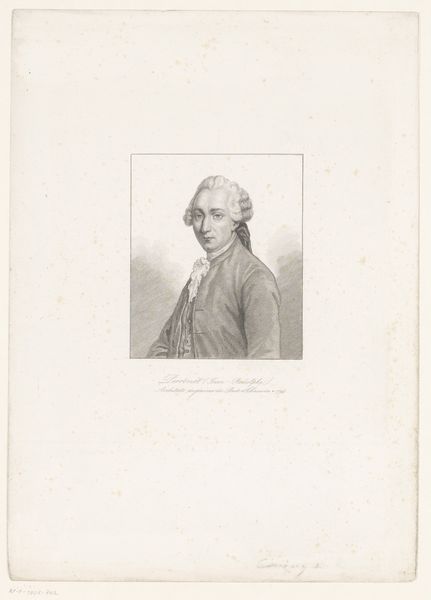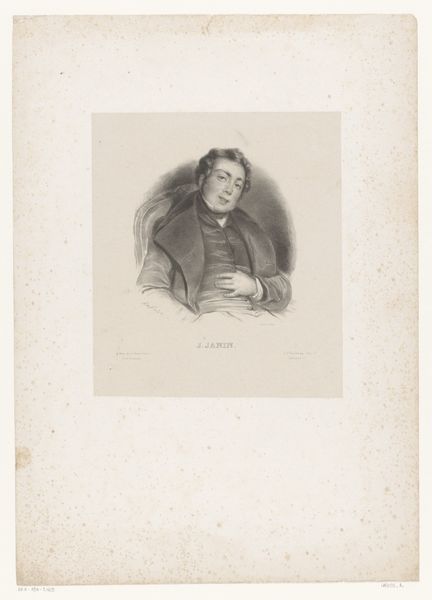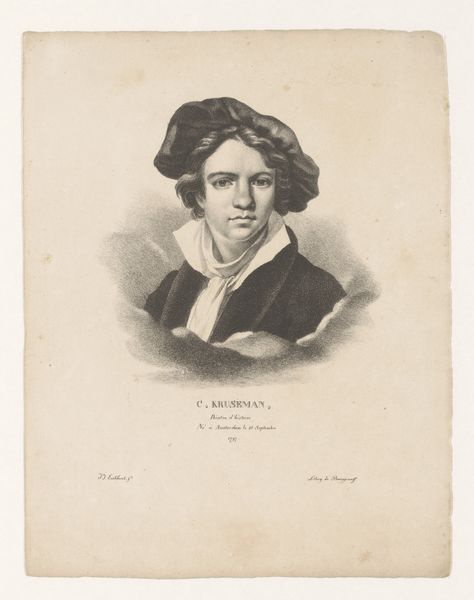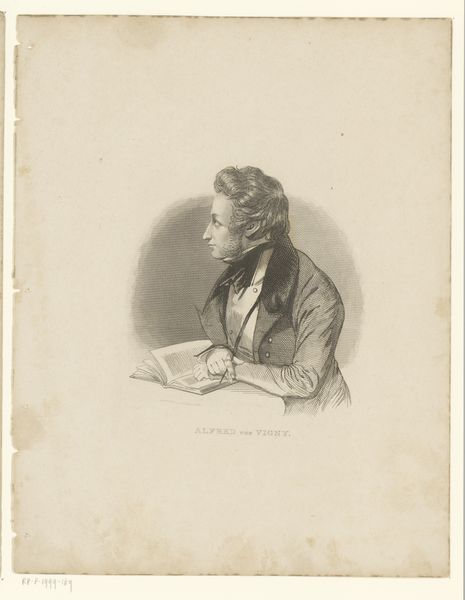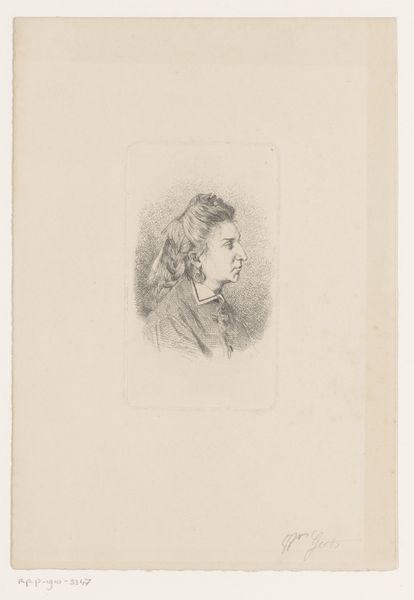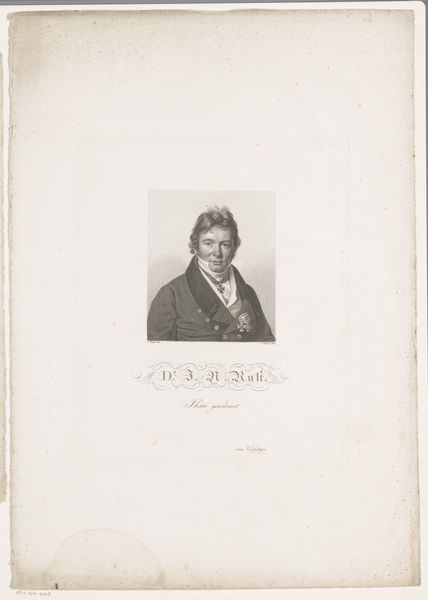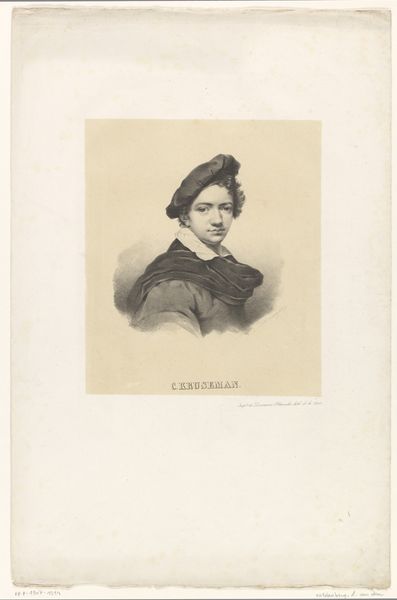
drawing, pencil
#
portrait
#
drawing
#
pencil drawing
#
romanticism
#
pencil
#
realism
Dimensions: height 179 mm, width 145 mm
Copyright: Rijks Museum: Open Domain
Curator: Looking at this rendering, I’m immediately struck by how the artist has chosen to represent the sitter through what appears to be simple pencil strokes, and the stark contrast of light and shadow creates an intriguing mood. Editor: Indeed. Here we have a 19th-century portrait of Sir David Wilkie. What is fascinating here, is that the materiality, the lead on paper, so to speak, provides such rich possibilities for how the medium’s inherent characteristics help us to understand artistic styles of the time, like Realism and Romanticism. Curator: Agreed. This portrait really captures a key moment when Neoclassicism started waning, and the focus shifted toward imbuing the subjects with much more personal sentiments. It's not just about idealized beauty but showing real people with real expressions. Who exactly was Wilkie during his time? Editor: Well, as far as what was at stake, it shows us how artists leveraged pencil drawing not only as a sketching tool, but also as a key material that shaped what an art object was, beyond just oil and canvas. Curator: Absolutely. Also, the romantic ideal of genius starts playing a larger role. Looking at this drawing within a broader societal lens, it underscores how access to artistic training and patronage influenced representation during this time. The artwork becomes a stage for articulating identity within very specific power dynamics. Editor: True. And even in portraiture we often neglect how institutional mechanisms shape visibility. Where would one be expected to originally view such a piece and what would have been its role? It's exciting how art objects prompt us to inquire about their status within such spaces! Curator: I completely concur. The medium in itself brings up questions of artistry and craft during the Industrial Age. Its capacity to capture individual subjectivity reflects societal concerns regarding the role of individual artists. Editor: A superb reflection on how such pieces encourage us to critically analyze existing boundaries. Thank you!
Comments
No comments
Be the first to comment and join the conversation on the ultimate creative platform.
